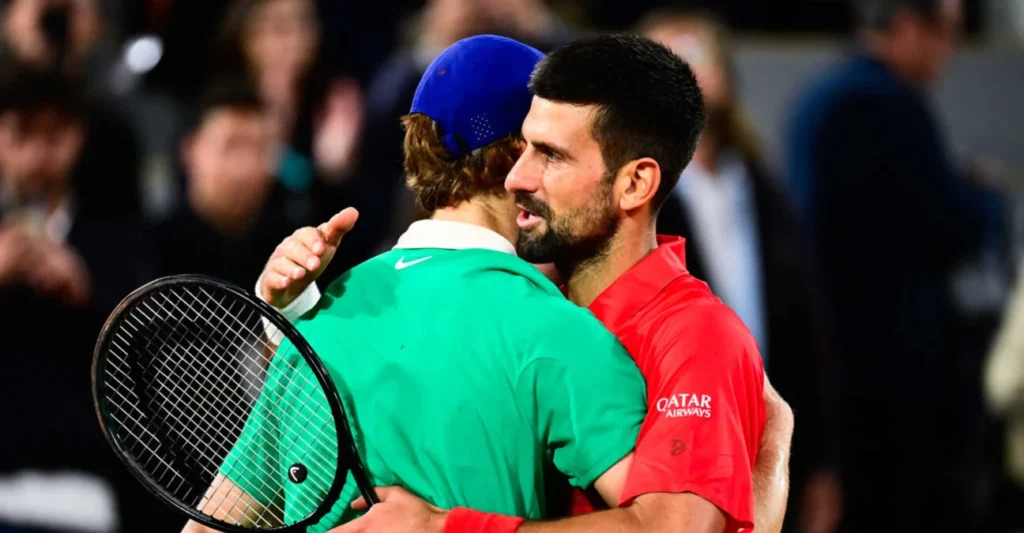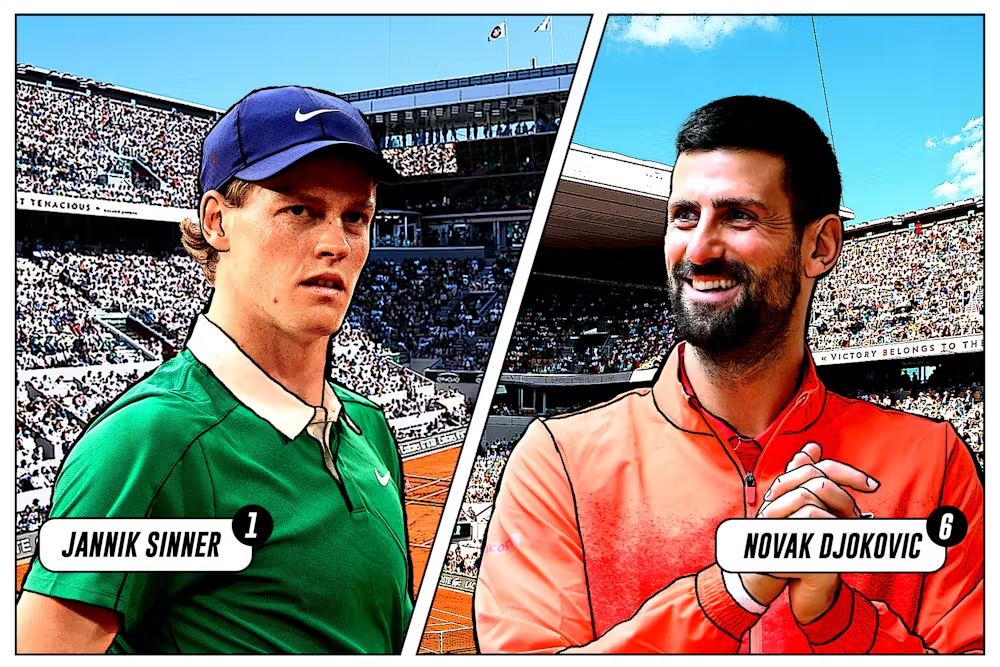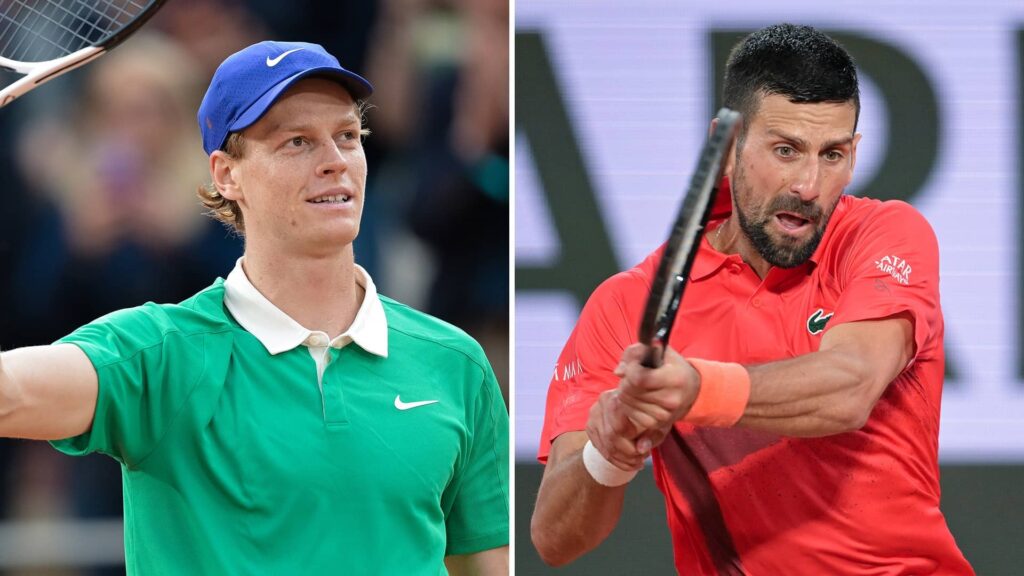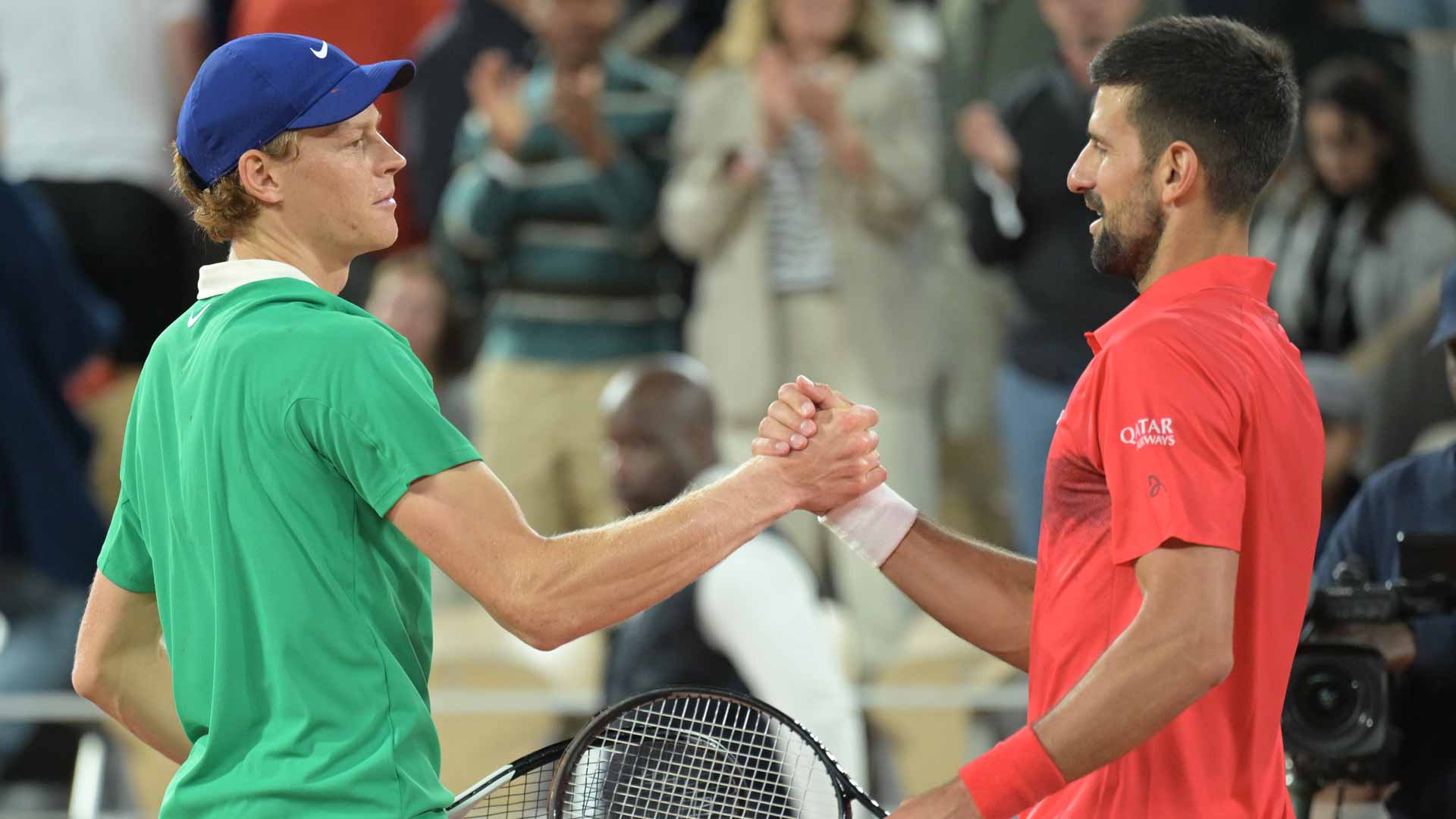Introduction: A Pivotal Moment for the Sport
The tennis landscape experienced a seismic transformation when 22-year-old Jannik Sinner accomplished what few believed possible – overcoming the legendary Novak Djokovic in a match destined for tennis immortality. This watershed victory represented more than a simple tournament win; it heralded the potential arrival of a new competitive era. Sinner’s masterful blend of explosive power, strategic brilliance, and psychological resilience conquered Djokovic’s renowned defensive mastery and championship pedigree. The Italian’s ability to control proceedings against the 24-time major champion revealed a competitive maturity beyond his years, suggesting the NextGen players may finally possess the complete arsenal to challenge tennis’s established hierarchy.
Match Narrative: A Three-Act Sporting Drama
Event: [Specify Tournament]
Result: [X]-[X], [X]-[X], [X]-[X]
Duration: [X] hours of elite competition
Opening Set: A Bold Declaration
Sinner burst from the gates with electrifying intensity, his punishing groundstrokes landing with machine-like precision. The Italian’s stunning opening-game service break sent tremors through the arena, establishing immediate dominance. Maintaining this exceptional standard throughout the set, Sinner denied Djokovic any consistent rhythm. The Serbian’s 12 unforced errors – particularly from his typically dependable backhand – testified to the suffocating pressure applied by his young opponent.

Second Set: The Veteran’s Counterstrike
Displaying his champion’s DNA, Djokovic recalibrated his approach with meticulous precision. The Serbian targeted Sinner’s backhand with ruthless efficiency while incorporating delicate drop shots and angled slices to disrupt the Italian’s flow. The set climaxed in a breathtaking tiebreak where Djokovic’s championship mentality surfaced, saving critical set points before sealing it with a signature backhand winner that reminded spectators of his enduring greatness.
Final Set: Coronation of a New Force
The deciding set evolved into an instant classic featuring spellbinding rallies and unyielding determination. The pivotal breakthrough came at 3-2 when Sinner prevailed in a grueling 20-stroke exchange before converting the decisive break point with a laser-like forehand. Serving for the match, the Italian displayed ice-cool composure, concluding his masterpiece with a 125 mph ace that left Djokovic motionless – a fitting exclamation point to his coming-of-age performance.
Strategic Mastery: Decoding Sinner’s Success
Offensive Dominance
Sinner’s forehand operated with devastating efficiency, generating 78% of his winners. His ability to strike early while maintaining exceptional depth consistently forced Djokovic into defensive positions. The Italian’s refined court positioning – standing closer to the baseline – significantly reduced Djokovic’s reaction time while maintaining remarkable consistency.
Service Revolution
The most noticeable transformation in Sinner’s arsenal was his serving prowess. A 72% first-serve accuracy marked substantial improvement from previous encounters, providing crucial free points. His developed kick serve to the ad court particularly neutralized Djokovic’s renowned return game, demonstrating how a previous weakness has become a genuine strength.

Psychological Breakthrough
Most impressively, Sinner exhibited newfound mental toughness, saving five of six break points in the final set – including a breathtaking drop shot-lob combination at 4-3, 30-40 that electrified the crowd. His sustained positive body language throughout the match’s ebbs and flows signaled his evolution into a complete championship-caliber player.
Djokovic’s Unexpected Vulnerabilities
Technical Difficulties
The typically unshakeable Djokovic displayed unusual fragility, particularly on his backhand which produced 19 unforced errors – nearly double his career average. His net approach success rate of 55% (versus a 72% career average) reflected how Sinner’s relentless pressure forced the champion out of his comfort zone.

Age-Related Considerations
At 36, inevitable questions arise about Djokovic’s ability to maintain physical parity with younger adversaries. While his conditioning remains extraordinary, subtle signs of fatigue emerged during extended rallies in the decisive set. His post-match admission – “Jannik was simply better today” – carried unusual humility from the normally self-assured champion.
Broader Implications for Competitive Tennis
Sinner’s Ascendancy
This landmark victory elevates Sinner to unprecedented heights in Italian tennis history while establishing him as a legitimate multi-surface threat. The performance demonstrated his capacity to sustain elite performance across seven consecutive matches against top-tier opposition – the definitive test of Grand Slam readiness.
Djokovic’s Future Challenge
While far from finished, Djokovic now faces the complex task of adapting his game to counter the explosive power of younger rivals. His 2024 campaign will prove fascinating as he seeks to demonstrate that reports of his decline remain premature.
Sporting Evolution
The simultaneous emergence of Sinner (22), Alcaraz (20), and Rune (20) as consistent threats suggests tennis may finally be transitioning from the Big Three era. Each brings distinctive playing styles, promising a more diverse and dynamic competitive landscape than seen in recent memory.
Expert Insights
Technical Analysis
Patrick Mouratoglou noted: “Sinner’s victory resulted from meticulous preparation and flawless execution. His tactical approach created insoluble problems for Djokovic.” The renowned coach highlighted Sinner’s transformed defensive capabilities as particularly noteworthy.
Historical Perspective
Chris Evert reflected: “This evokes memories of Borg defeating Connors or Sampras overcoming Lendl – those seminal moments when the sport’s future announces itself. Sinner’s poise was extraordinary – he competed like a champion rather than an underdog.”
Conclusion: A Transformative Moment
Sinner’s historic victory transcends conventional match outcomes, representing a potential paradigm shift in professional tennis. While Djokovic remains the gold standard, this encounter proved the next generation is rapidly closing the gap. For Sinner, this triumph marks both the culmination of his development and the commencement of what could become an extraordinary career. As tennis progresses, the compelling narrative of established champions versus ambitious newcomers promises captivating drama in the seasons ahead. This wasn’t merely a symbolic torch-passing – it was an emphatic declaration that the sport’s future has arrived.



